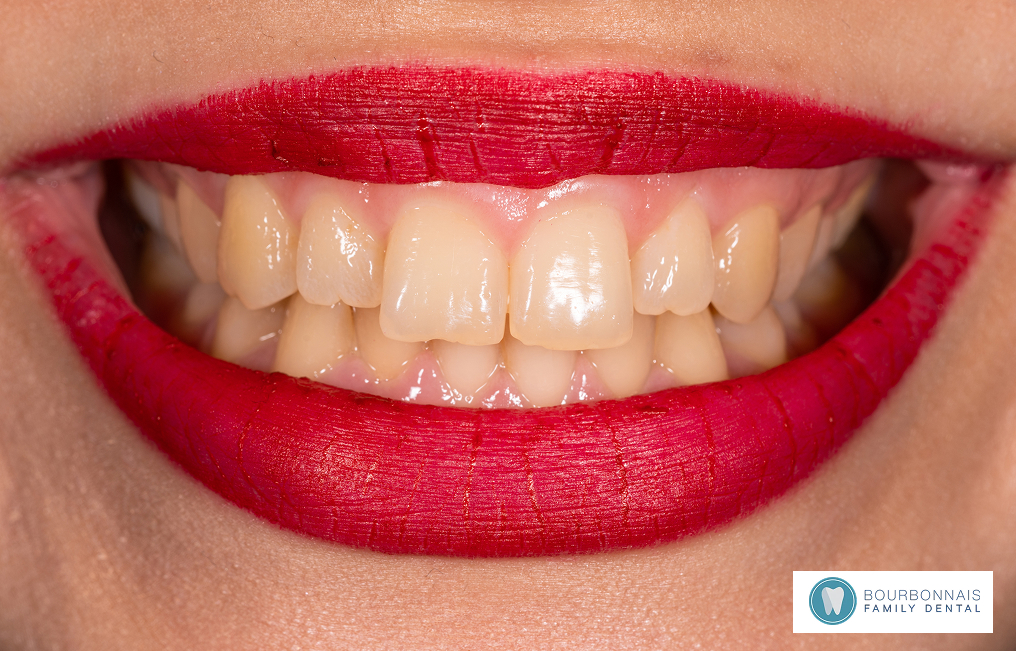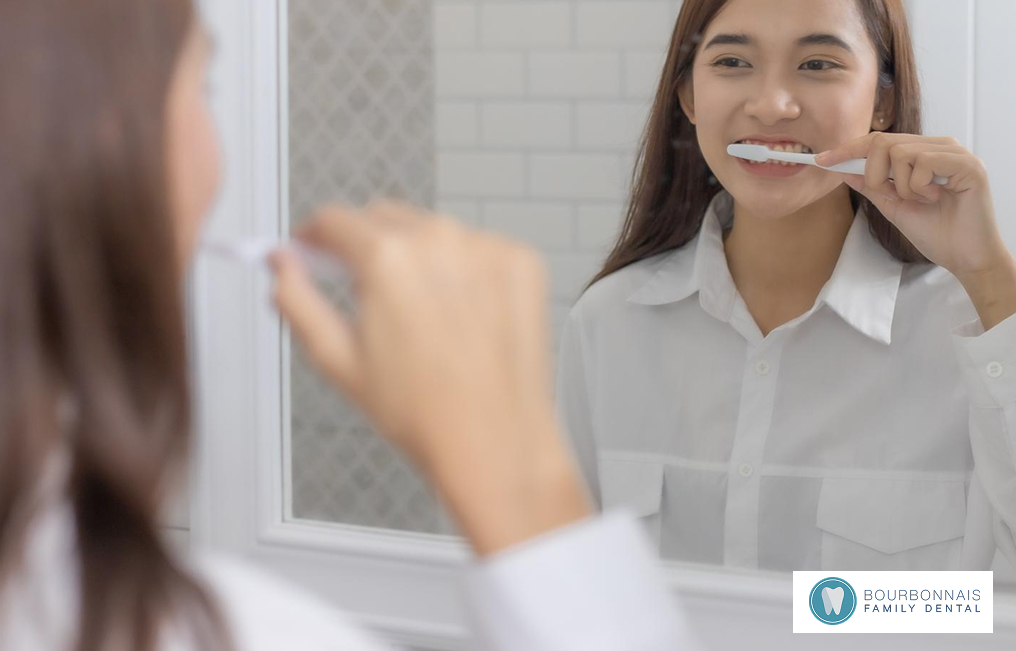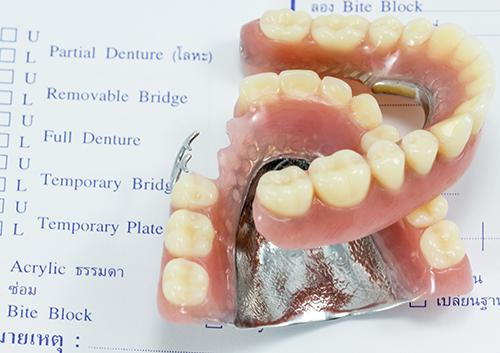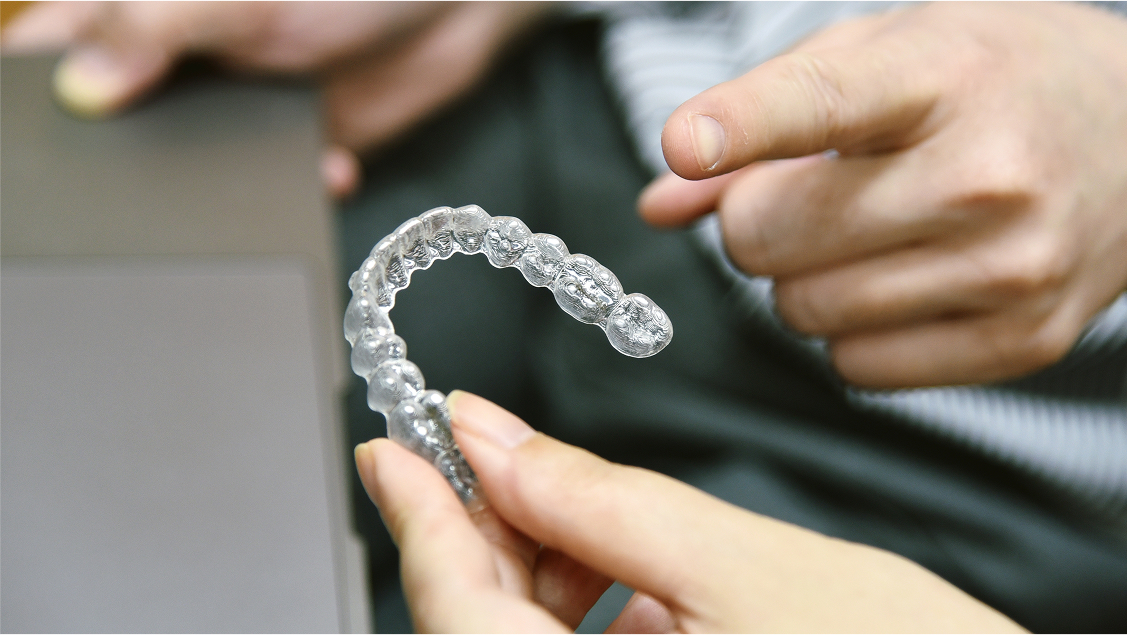You know that feeling when you’re scrolling through social media and everyone seems to have these perfectly white teeth? It often makes you wonder if either your morning coffee habit, those late-night glasses of red wine, or your favorite foods have finally caught up with you.
Most of us deal with yellowing teeth at some point. It doesn’t mean you’re doing anything wrong with your oral care—sometimes life just leaves its mark.

Why Teeth Turn Yellow in the First Place
Your teeth are like a white shirt that gets worn regularly. The outer layer (enamel) starts bright white, but underneath there’s a naturally yellowish layer called dentin. Over time, a few things happen:
- Enamel wears down, showing more of that yellow underneath
- Coffee, tea, wine, and tobacco seep into tiny pores
- Age naturally thins the enamel
It’s completely normal. Your teeth are just showing they’ve been with you through all those morning lattes and evening glasses of wine.
What Actually Works for Whitening
Professional teeth whitening treatments give you the biggest bang for your buck. In-office whitening can lighten your teeth several shades in about an hour. Your dentist uses concentrated bleaching gel, much stronger than anything you can buy at the store.
Take-home professional kits are another solid option. You get custom trays and professional-grade gel to use over a few weeks. Less dramatic than in-office treatment, but still way more effective than drugstore options.
At-home remedies can help with surface stains.
Whitening toothpaste works like a gentle scrub, removing surface stains through mild abrasives. Some contain small amounts of peroxide, too.
Baking soda has natural abrasive properties that can help remove plaque and neutralize acids. Just don’t go overboard—too much scrubbing can damage your enamel.
Store-bought whitening strips fall somewhere in the middle. They’re more effective than toothpaste but less powerful than professional treatments. You’ll see some improvement, but it takes consistent use over several weeks.

When Simple Whitening Isn’t Enough
Sometimes yellowing goes deeper than surface stains. If you’ve tried whitening but aren’t seeing results, you might need:
- Dental Bonding: Where resin is applied to cover stains
- Dental Veneers: Thin shells that cover the front of your teeth
These are more involved procedures, but they can handle discoloration that doesn’t respond to traditional whitening.
Managing Your Expectations
Not everyone will achieve that Hollywood-white smile, and honestly, that might look unnatural anyway. However, most people can expect their teeth to become noticeably lighter and brighter with the right treatment.
Your results depend on factors like your age, the type of staining, and your natural tooth color. What works amazingly for your friend might work differently for you.
Keeping Your Smile Bright
Once you’ve whitened your teeth, you’ll want to maintain those results:
- Use a straw for coffee, tea, and wine
- Rinse with water after consuming staining foods or drinks
- Keep up with regular dental cleanings
- Consider touch-up treatments as needed
Your Next Move
If you’re tired of covering your smile in photos, talk to your dentist about your options. They can assess your specific situation and recommend the most effective approach for your goals and budget.
Yellow teeth can definitely become white again—you just need the right game plan to get there.





